-
Posts
104 -
Joined
-
Last visited
-
Days Won
2
Content Type
Profiles
Forums
Blogs
Gallery
Posts posted by artyman
-
-
BIG thumbs UP!!
 Loving the bass sounds!!
Loving the bass sounds!!
-
It's been a while since I've posted here... been busy building more tools - most recently a laser engraver using a 1.6W blue laser.
This is my first full build using this, not only for labelling, but also marking out panels for cutting.
I decided to build my friend a 2.1 speaker system for his 40th birthday present, and using my new tools, and new skills... this is what I came up with!
The sub is based around a Monacor SP60 4" bass driver, and the satellites, an unknown brand 42mm driver, and 99pence tweeters (originally intended to be added to car hifi).
Front and rear panels for the satellites marked out.
Detail shot of the laser work.
Dry fit of the satellites.
Subwoofer panels marked out, ready for cutting.
The sub's front and rear panel glue-up.
Varnish time!
All hardware mounted in the satellites.
Cutting the feet for the boxes, with my logo lasered in. One mousemat sacrificed in a good cause! ;)
The finished product.
... and from the rear.
... and another view for good measure.
It was safe to say my friend was VERY impressed and pleased with his gift, and even I was amazed at the quality of sound, and the amount of bottom end from such small speakers.
-
 1
1
-
-
I know the Mackie HUI protocol is different to the Mackie Control, as to get my Behringer BCF2000 to work with ProTools, I had to change the emulation mode from Mackie Control to baby HUI mode.
If it's any help, I've found some data from a reverse-engineering of the HUI protocol.
-
After much experimentation and tweaking of the CNC I believe it's finally working properly... so I decided to make myself something small that uses multiple tools...
Starting with a 6mm end mill to pocket the recess... then a 3mm, 90deg 0.3mm engraving bit to carve the design and put the chamfer on the outer edge.... finally a 3mm end mill for the cutout...
YES... it's a COASTER !!!!!
-
Thank you... :smile: it's taken a lot of work and rehearsal to get those harmonies right as neither of us are really natural singers
-
Nice 80's feel there Hawkeye.... I get shades of Kraftwerk and Jarre in that ;)
Great piece to relax and chill out to... I think your best yet !!
-
Ok... Here's some of my work with my band - Breaker 10:4
There's no midibox involved here [my main interest lies on the HUI side of midiboxes]...
...but it's about time I showcased some of my music.
PS... I'm the bald one !!!
-
The lamp is now finally finished and installed, after a lot of careful thought and experimentation to make sure the mountings at both the lamp end and the base end would be strong enough to hold the weight.
..and the moment of truth.. switching on..
...and detail of the wall mount. At first the MDF block on it's own split under the weight of the lamp, but now after fabricating an aluminium facing for it, there seems to be much more support, and less risk of a repeat.
Many thanks to all who have followed this thread, I hope it has been of interest to you.
-
The final part of these planned upgrades is now fitted.... LASERS !!!!
The Y-alignment laser was fitted when I made the tool mount and is an integral part of it, now I need to mount the X-alignment one...
Yes... I know the mount doesn't look like it's in line with the spindle mount... and it isn't - but the laser IS square to it.
With the lasers mounted and wired up... time to test they work with my wiring...
... and they do.
The final step is focusing and alignment. I decided to have them focused when the Z-axis is in the home position, as they are not needed while cutting, so being out of focus in any other position is not a problem.
Firstly, create some G-code to engrave a crosshair that I know is in line with the X & Y axes, and the origin at the centre. I did this with a 0.3mm 90deg engraving bit at a depth of 0.2mm.
Now with the tool at x=0, y=0, and z=home, I can switch the lasers on and line them up with the engraved lines.
This way I can use the laser lines to aid in positioning my workpiece as well as having a visual reference of the tool position.
-
-
Continuing the rebuild..... I've removed the old Z-axis, and found that my DIY anti-backlash nut had split between the threaded inserts, which was causing the sticking.
The first parts to assemble were the Y-rails onto the rear of the Z-axis, then I could fit the leadscrew bearings. (space was tight, and the lower bearing covered two of the mounting bolts on the lower set of linear bearings)
At this point I attached everything necessary to the tool mount - tee-nuts for the spindle mount, and one of the 2 laser line modules.
The slider assembly was then fitted to the Z-base, the leadscrew and nut fitted, and the leadscrew trimmed to size (I only had to cut about 25mm off the length I bought :smile: )
The whole Z-axis/Y rails assembly is now fitted to the CNC, and a new home switch mounting constructed.
The last pic shows that I've achieved the design goals for the extra clearance.
Initial testing has shown a rapid rate of 1800mm/min and a stroke length of 105mm (previously 60mm)... a significant improvement over the previous incarnation !!! :happy: :hyper:
-
Now construction starts, First with the slider... pressing tee nuts into their recesses before I can fit the linear bearings - these are where the tool mount attaches.
Next the main body of the motor mount is glued and screwed to the base. Thanks to the parts being CNC cut... it fits perfectly square.
Then comes a dry-fit of the rest of the hardware to make sure my calculations and cutting is accurate...
All looks good and the nut is in perfect alignment to attach to the back of the slider...
Adding the side supports for the motor mount, and test fitting the tool mount shows that all looks good to go for final assembly and fitting to the machine...
-
Time to revisit this thread... The upgrades I made to the X & Y axes are working well. I can now get rapid moves of 1200 and 1300 mm/min respectively, which I think is quite a respectable pace. However, since I started trying some v-carving, I have been having issues with the Z-axis sticking on upward moves, so that the next downstroke would plunge the tool deep into the workpiece and ruin it. The tool mount was also showing some flexing during cutting, which was introducing inaccuracies in the final product.
Time now to re-design and rebuild the Z-axis, while sorting out a few small irritations with my first design.
- make the stroke longer so that the new spindle with my longest mill can clear the working area.
- lift the whole axis so the base is level with the bottom of the gantry to maximise working height.
- eliminate the leadscrew and nut protruding from the bottom of the axis, again maximising working height.
The new axis will now be built around a TR10x2 leadscrew (the same as the Y-axis), with a longer tool mount, and all structural parts made from 18mm MDF instead of 12mm to improve the stiffness of the tool mount.
I had to slow the Z-axis right down to a crawl to stop the sticking on the upstroke, so cutting the parts for the new axis took some time, but this is now all done, and ready for assembly.
-
Now that the lamp head assembly is working, it's time to mount it as a lamp.
I wanted an anglepoise type mechanism, and found on ebay a desk lamp sized one at a very reasonable price, and suitable for modification.
First step - remove the lamp head.
Next.... I think the words "square peg" and "round hole" come to mind !!
The solution was to build a linkage for that. This served two purposes... firstly to be able to attach the 2 differing surfaces together, and secondly, it provided the top pivot with a 3rd axis of rotation which it originally lacked. This enables me to be able to have the arm at virtually any angle, and still be able to align the head square to me.
-
The lamp head assembly is now complete, tested and working...
and yes, it is F*****g BRIGHT !!!, the pics don't really do it justice.
pics show:
polishing the heads of the LED mounting screws... I do like to pay attention to detail
various stages in the wiring and assembly of the pods to the main body, and fitting the lens in place
comparison of the lamp at low and full power - even at low power it overwhelms the desk lamp beside it (that has a 1W LED in it)
-
-
After a short break for 2 days of solid recording, I can get back to this project...
The final sculpting of the main body is now complete, with the end lugs rounded over, and all the edges softened with fine sandpaper.
The lens locking ring is now done. Putting the curve on the inside edge was... interesting to say the least... I did this on a router table with a roundover bit fitted, and the off-cuts from the CNC process to hold the piece, and keep my fingers away from the bit !!
All the pieces have had a smoothing rub with fine sandpaper, and a liberal coat of thinned down wood glue to seal the MDF prior to final sanding and painting.
-
-
Cheers, Reboot !! :smile:
Now the manufacturing starts....
I've sorted out the backlash on the new leadscrews of the CNC, now is the test to see just how accurate it is...
CUTTING THE MAIN BODY
First step was to cut the wiring channel with a 3mm endmill... looks good so far.
For the rest of the cutting I changed to a new 6mm endmill mainly to reduce the number of passes needed for the rebates in the centre cutout.
When it got to the outside profile, I saw the cutter came out of the material !!!!!! I had got my zero point in the wrong place!!
On closer inspection, it was only about 0.5mm clear of the workpiece. That's not a critical edge, so I'll live with that.
Photos show various stages in the process, and the final one with the lens test-fitted. The hole is the EXACT size and perfectly round!!! :smile: :smile: :smile: :smile:
I've got the CNC set up right, and it was cutting at 8mm/sec. The whole process took about 2Hrs.
-
-
Having been outfitting my spare room as a workshop (and somewhere to house my newly built CNC router), I found that my workbench area was lacking some decent lighting. I tried various desk lamps, but I could never seem to get them in the right position to avoid glare, or worse... shadows!!
I'd recently bought a pair of 5W white LEDs and heatsinks... so I decided to put them to use.
The Initial thought was just to mount those on their own as a new head to an anglepoise lamp, driven from a 12V supply through a PWM dimmer (the LED driver boards are designed for 12V), then casting an eye over my 'helping hands', I had the idea that a larger magnifier would be of some use.
My shock at the price of a halfway decent magnifier lamp was the deciding factor towards incorporating one into my design, so a quick trawl on ebay brought forth a 4" 3x magnifying glass for £3. BARGAIN!!
The glass was duly ordered and the lens removed for measuring accurately... and the design process began!
The concept was simple.. the magnifier in the middle with an LED each side, then the thought struck... why not make the angle of the LED pods adjustable?? That way I could 'focus' the light at the piece I'm working on, and the different angles of the lights would eliminate shadows, or I could flatten the pods out and have a larger wash of light.
Here's some pics of the design, and the LED itself, and it's output at minimum and maximum.
-
As I already know the machine performs well on wood, I decided to try the first test of the upgraded motors and leadscrews on aluminium!!
At first I had both the spindle speed and the feedrate a bit too fast, and the bit wandered off course, prompting an Estop from me, but after slowing them both down somewhat, I tried again and got a nice clean, even slot cut!! :smile: :smile:
I'm extremely pleased... the upgrades were worth the expense and effort.
-
 1
1
-
-
Sorry... pics weren't too good, and it's stuff I've already posted pics of... but here's the new video...
-
Couplers have now arrived, and the CNC is back in motion.
Initial testing shows mixed results...
X-axis (TR12x3 leadscrew) - marginal increase in speed. This was slightly disappointing, but investigation showed there is a slight wobble on the leadscrew which causes it to jam above 650mm/min.
Y-axis (TR10x2 leadscrew) - 66% increase in speed. Much better, This axis now moves at 1000mm/min. attempts to get it faster gave the same result as with the X-axis, the screw would jam.
Z-axis (original M6x1 leadscrew) - The only change on this axis was fitting the larger motor which originally drove the x-axis. Now the Z-axis moves 100% faster.
Although the speed tests were not as good as hoped for, the increase in acceleration is much more pronounced. Both the X & Y axes now accelerate 5x faster than before, and the Z-axis is 10x faster.
This results in near-instant motion at full speed, so that now it looks like a proper CNC motion.
pics and video to follow


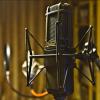
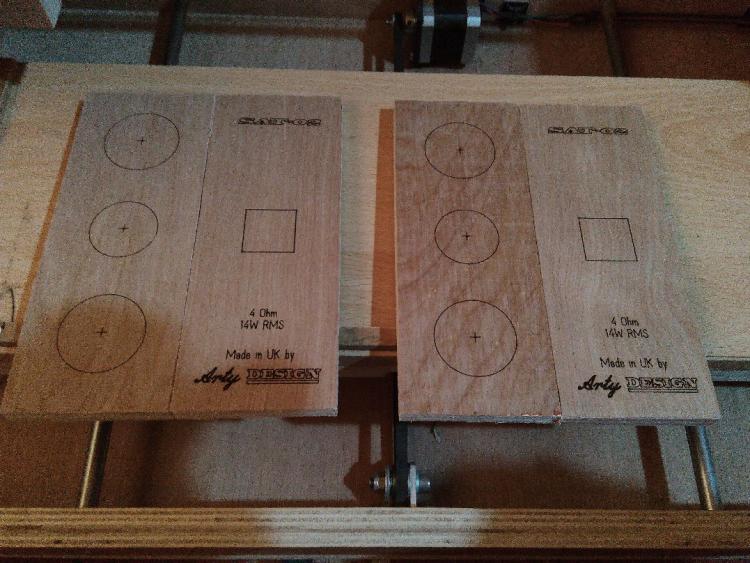
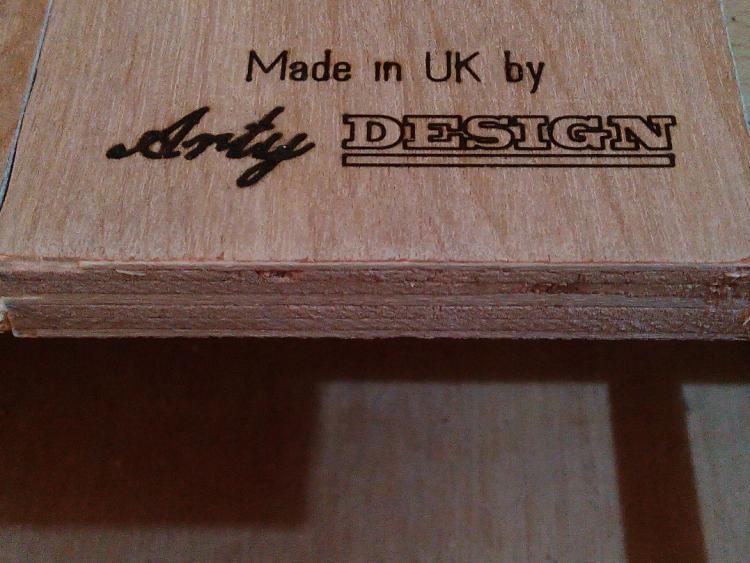
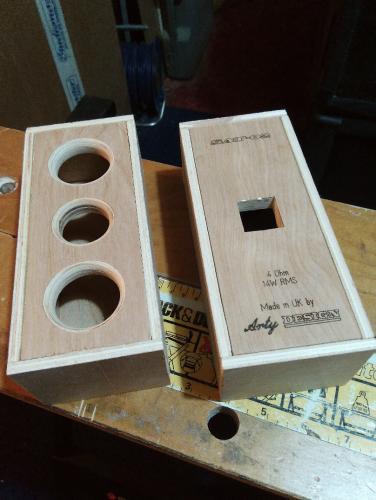
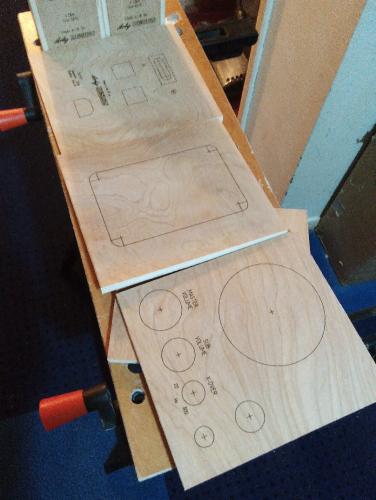
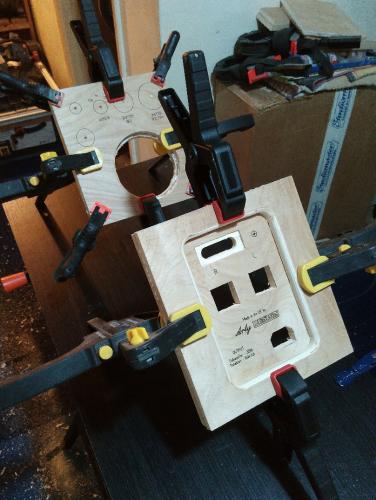
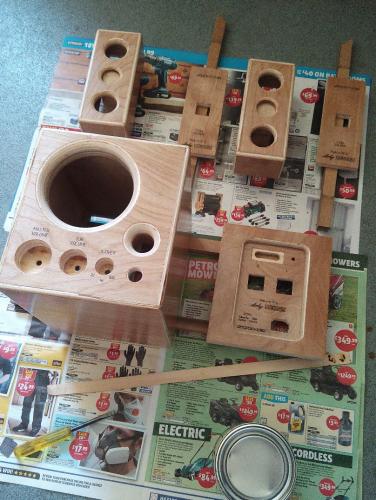
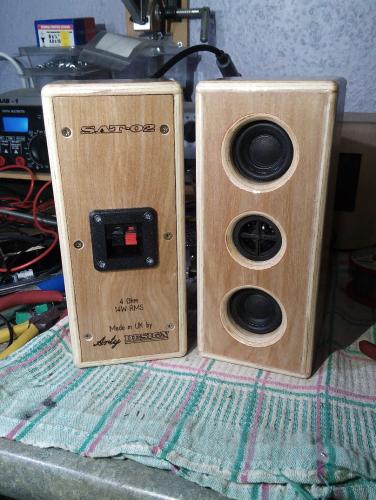
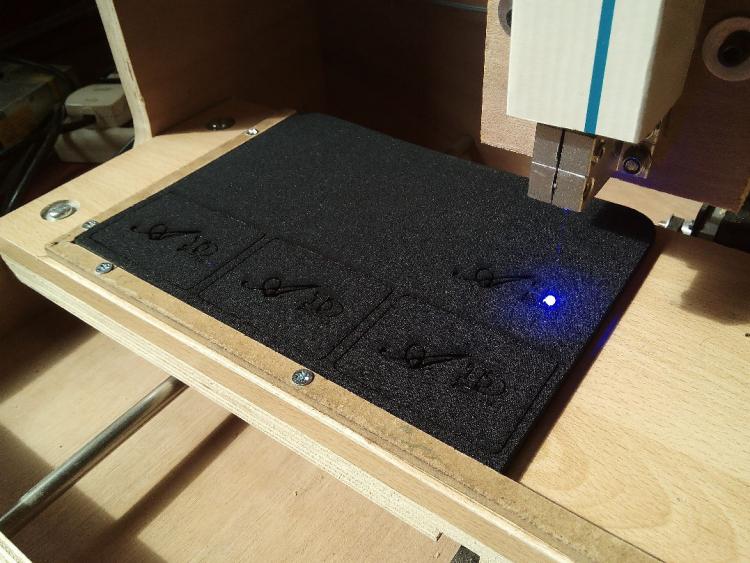
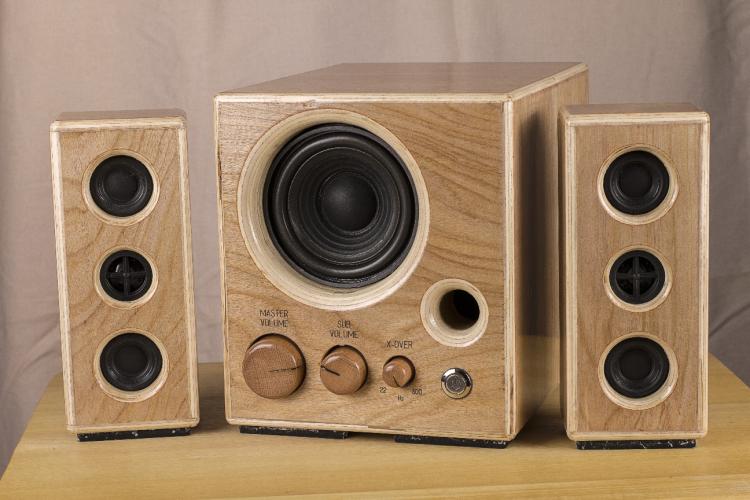
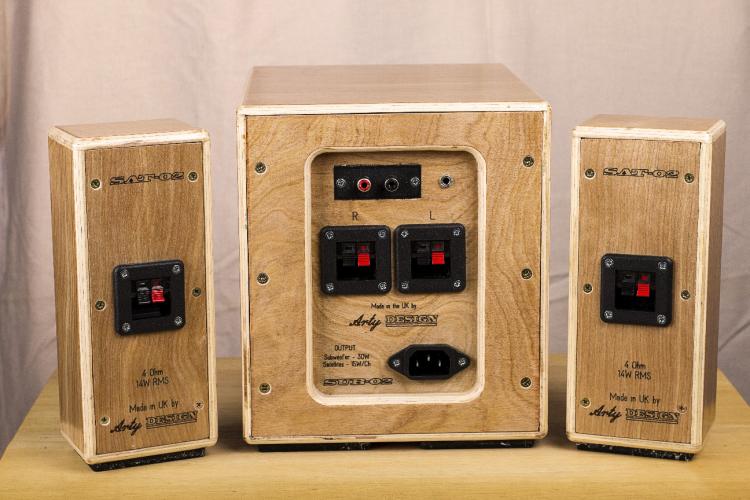
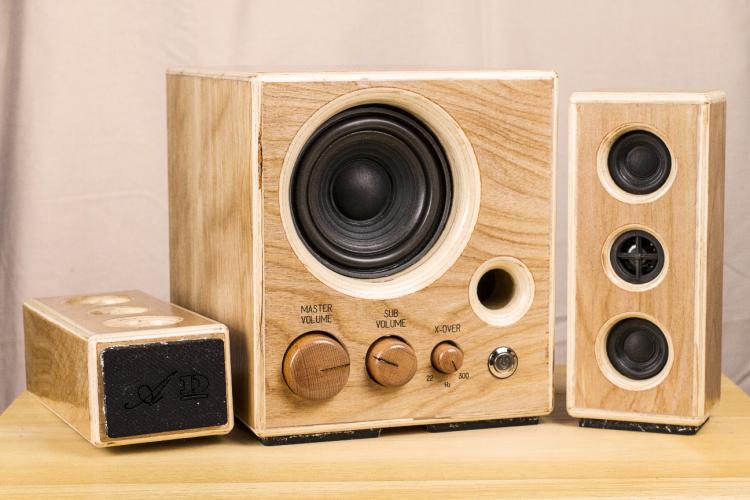



















































































DAWless
in Songs & Sounds
Posted